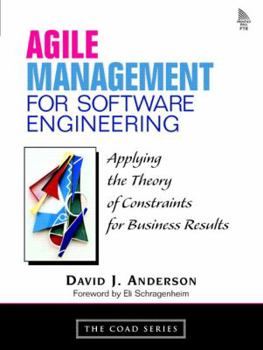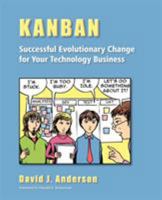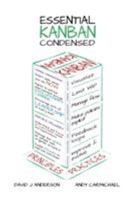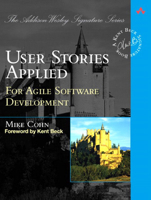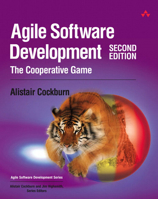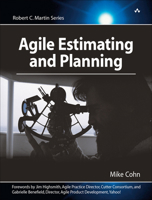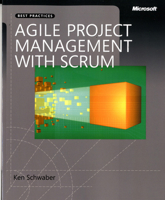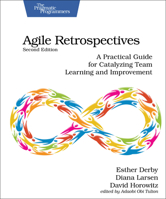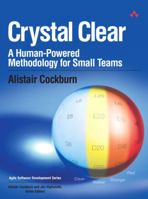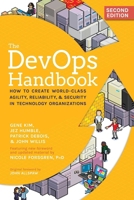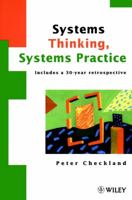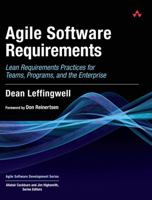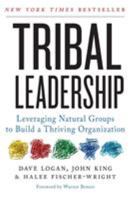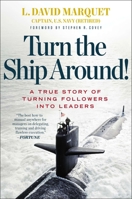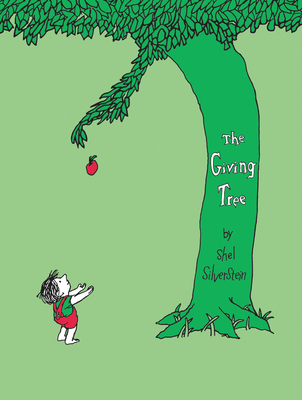Agile Management for Software Engineering: Applying the Theory of Constraints for Business Results
Select Format
Select Condition 
You Might Also Enjoy
Book Overview
Customer Reviews
Rated 5 starsMetrics for agile software development
The text gives a good explantion of agile practices and theory. It looks closely at three agile development methods : Scrum, Extreme Programming (XP), and Feature Driven Development (FDD), with an emphasis on FDD. One of Anderson's key points is although agile software development is an empirical process (eg. dependent upon experimentation and observation), it is not necessarily chaotic. Therefore, it can be planned and...
0Report
Rated 5 starsChanging the Point of View
I found this book highly informative and relevant.As an agile advocate, this additional perspective is what I have been looking for. The explanations of the Theory of Constraints has proven valuable to me in my interactions with customers already.
0Report
Rated 5 starsA Management Book that Developers Should Read Too
This book is essential reading for IT managers, but senior developers should read it too. While some things in this book will make engineers say "I know that, but just didn't know how to say it", other things are real eye openers. Engineers will find some of the management theory to be dry reading, but it is relevant.If you ask engineers who have used both traditional (i.e. waterfall) methods and agile methods they will...
0Report
Rated 5 starsSuperlative and profound
Anderson takes agile development, which is a loose-leaf collection of unintegrated practices, and transforms it into a serious discipline with a firm foundation. He accomplishes this by borrowing concepts from manufacturing (like theory of constraints) and applying them to software development. Such a book could only be written by someone thoroughly familiar with both software development and manufacturing; fortunately the...
0Report
Rated 5 starshard work, but worth it.
This is the hardest - and possibly best - Agile software book I have read so far. It's hard because it digs deeper into the cause and effect at play within agile environments and because it deals with the "bigger" financial aspects of lean. It's a well written, comprensive text.
0Report











